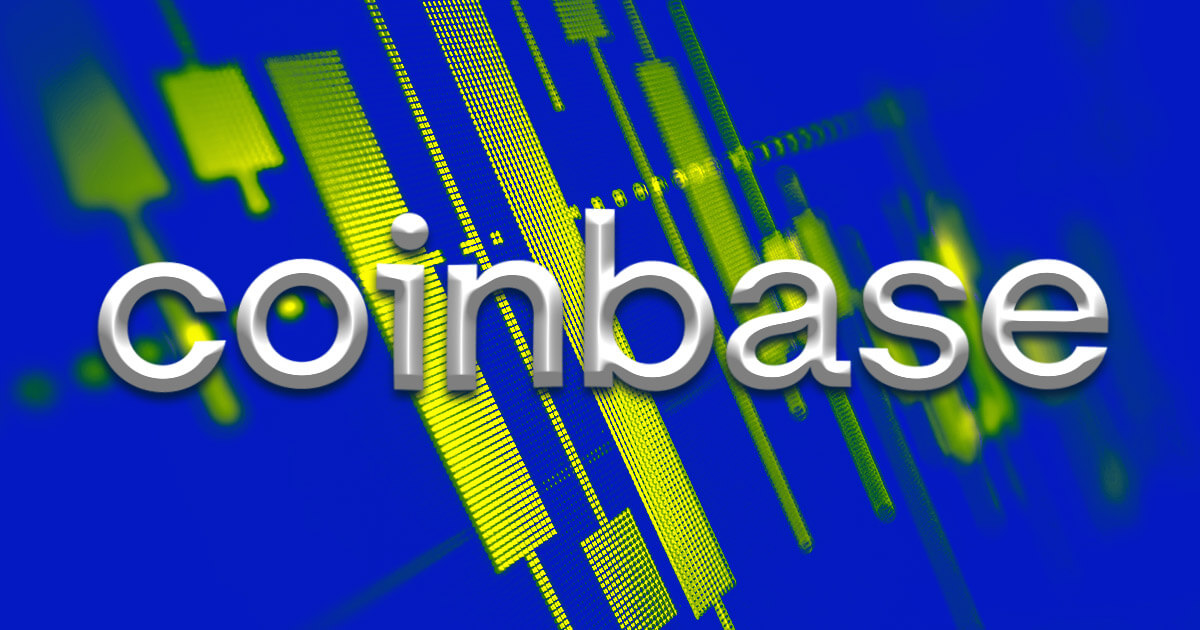[ad_1]
It wasn’t long ago that crypto was referred to as just that: crypto. For those wanting a more technical-sounding slant, there was a broader phrase: blockchain technology. And, prior to all this, there was simply, in the very early era, Bitcoin. If you follow crypto developments nowadays, though, you’ll find growing references to an altogether newer term: web3.
A straightforward description of web3 is that it’s a version of the web that allows for reading content (as began in the early days of web1), creating content (which is where we are now, in web2), but also, where web3 is different: owning content.
That third section, ownership of your own content, along with the ability to transact peer-to-peer through decentralized mechanisms, is what most technically distinguishes web3. These facilities are enabled by blockchains, and so web3 is interlinked with cryptocurrencies. However, a cynical perspective might suggest that the term web3 is simply being used to allude to crypto through a less loaded, more mainstream-friendly term.
There may be some truth to that latter assessment, while it’s also the case that calling web3 a read/write/own version of the web doesn’t fully capture the nuance and character of web3 and its ambitions. There are also suggestions that web3 is no more than a vaguely on-trend buzzword, so it’s worth considering the substance of web3, and whether it’s really ushering in any significant changes.
Keep Reading
Distinguishing Crypto Functions
One reason to sometimes refer to web3, rather than to crypto, even though we might be referencing the exact same blockchains and protocols, is because blockchain networks can serve multiple functions.
Talk about crypto, and you bring to mind decentralized digital coins, which relate explicitly to money. Most notably, of course, there is Bitcoin, and then there’s also the world of decentralized finance, in which the leading blockchain is Ethereum.
However, if an organization, from a major brand to an indie art community, utilizes Ethereum as a means to distribute collectibles, artwork or membership passes, it makes more sense to talk about web3 activities. What such projects do is social, commercial or cultural, and isn’t primarily connected to currency or finance.
Web3, then, refers to a much wider categorization than the term crypto, representing everything that blockchains can do outside of their original, and still critically important money-oriented ambitions.
This is why it’s so common to see the web3 tag attached to NFT projects, brand ventures, and smart-contract blockchains, such as Ethereum and Solana, while it’s rarer to see Bitcoin, which is strongly purposed solely towards becoming a new kind of money, associated with the web3 label.
What Are the Core Characteristics of Web3?
A familiar characteristic of web3 projects is a perception that they are establishing defined communities. Whether the tokens involved are pieces of art, entry passes or novel tokens, they are on-chain and transparent, and ownership provides membership.
Where these community models differ from traditional models is in the sense of joint participation, along with shared ownership and returns, a dynamic that acts as an incentive for existing members to onboard newcomers. However, as a caveat, there is sometimes a risk that this kind of structure distorts into a Ponzi-like system or a pyramid scheme, and this is something to be wary of.
On the positive side, web3 strategies allow for rapid bootstrapping through the use of immediately accessible public blockchains. This factor is inherent to crypto, an area in which developers can move fast, while participants or investors can buy into new ventures easily. That said, another caveat here is that there are concerns about a lack of regulatory clarity as to which parts of crypto might be subject to definition as securities.
Above all, though, web3 has decentralization built in, which equates with creative freedom and a shift away from gatekeeping and proprietary control. As such, interoperability across blockchains and projects, and the freedom to shift assets around and create new markets, are integral to the web3 movement.
Improving the User Experience
A major issue for web3, and crypto, in general, is the frontend experience, and a lack of user-friendly mobile options to access tokens, transact and make payments. In a web3 world, users will need instant secure access, wherever they are, to their blockchain-based assets, including currency and NFTs, and that isn’t yet a reality.
One product taking strides in this direction is the Ledger Stax hardware wallet, which is shifting device design towards a sleeker, more iPhone-like aesthetic. The Ledger Stax is easily interfaced with compact and stylish critical factors when it comes to mainstream acceptance, while beneath the surface it facilitates multi-chain highly secure crypto storage.
Then there is the less widely-known Backpack, and its xNFTs. Backpack can be thought of as a wallet that functions as a kind of web3 operating system, while xNFTs are ownable executable apps that run within the wallet/operating system.
Backpack isn’t a hardware development, but it’s oriented towards compatibility across blockchains, an improved user experience, and creating a single smooth accessible ecosystem within which to interact with crypto assets and applications.
There are several other ongoing developments related to mobile crypto use, such as the Nothing Phone working to integrate Polygon, Solana planning to launch Saga, a web3 smartphone, and HTC producing crypto-integrated smartphones.
Overall, there is still a long way for crypto to travel on the user experience front, but when it comes to moving web3 beyond buzzwords and unrealized potential mobile hardware, user-friendly frontends are critical.
It wasn’t long ago that crypto was referred to as just that: crypto. For those wanting a more technical-sounding slant, there was a broader phrase: blockchain technology. And, prior to all this, there was simply, in the very early era, Bitcoin. If you follow crypto developments nowadays, though, you’ll find growing references to an altogether newer term: web3.
A straightforward description of web3 is that it’s a version of the web that allows for reading content (as began in the early days of web1), creating content (which is where we are now, in web2), but also, where web3 is different: owning content.
That third section, ownership of your own content, along with the ability to transact peer-to-peer through decentralized mechanisms, is what most technically distinguishes web3. These facilities are enabled by blockchains, and so web3 is interlinked with cryptocurrencies. However, a cynical perspective might suggest that the term web3 is simply being used to allude to crypto through a less loaded, more mainstream-friendly term.
There may be some truth to that latter assessment, while it’s also the case that calling web3 a read/write/own version of the web doesn’t fully capture the nuance and character of web3 and its ambitions. There are also suggestions that web3 is no more than a vaguely on-trend buzzword, so it’s worth considering the substance of web3, and whether it’s really ushering in any significant changes.
Keep Reading
Distinguishing Crypto Functions
One reason to sometimes refer to web3, rather than to crypto, even though we might be referencing the exact same blockchains and protocols, is because blockchain networks can serve multiple functions.
Talk about crypto, and you bring to mind decentralized digital coins, which relate explicitly to money. Most notably, of course, there is Bitcoin, and then there’s also the world of decentralized finance, in which the leading blockchain is Ethereum.
However, if an organization, from a major brand to an indie art community, utilizes Ethereum as a means to distribute collectibles, artwork or membership passes, it makes more sense to talk about web3 activities. What such projects do is social, commercial or cultural, and isn’t primarily connected to currency or finance.
Web3, then, refers to a much wider categorization than the term crypto, representing everything that blockchains can do outside of their original, and still critically important money-oriented ambitions.
This is why it’s so common to see the web3 tag attached to NFT projects, brand ventures, and smart-contract blockchains, such as Ethereum and Solana, while it’s rarer to see Bitcoin, which is strongly purposed solely towards becoming a new kind of money, associated with the web3 label.
What Are the Core Characteristics of Web3?
A familiar characteristic of web3 projects is a perception that they are establishing defined communities. Whether the tokens involved are pieces of art, entry passes or novel tokens, they are on-chain and transparent, and ownership provides membership.
Where these community models differ from traditional models is in the sense of joint participation, along with shared ownership and returns, a dynamic that acts as an incentive for existing members to onboard newcomers. However, as a caveat, there is sometimes a risk that this kind of structure distorts into a Ponzi-like system or a pyramid scheme, and this is something to be wary of.
On the positive side, web3 strategies allow for rapid bootstrapping through the use of immediately accessible public blockchains. This factor is inherent to crypto, an area in which developers can move fast, while participants or investors can buy into new ventures easily. That said, another caveat here is that there are concerns about a lack of regulatory clarity as to which parts of crypto might be subject to definition as securities.
Above all, though, web3 has decentralization built in, which equates with creative freedom and a shift away from gatekeeping and proprietary control. As such, interoperability across blockchains and projects, and the freedom to shift assets around and create new markets, are integral to the web3 movement.
Improving the User Experience
A major issue for web3, and crypto, in general, is the frontend experience, and a lack of user-friendly mobile options to access tokens, transact and make payments. In a web3 world, users will need instant secure access, wherever they are, to their blockchain-based assets, including currency and NFTs, and that isn’t yet a reality.
One product taking strides in this direction is the Ledger Stax hardware wallet, which is shifting device design towards a sleeker, more iPhone-like aesthetic. The Ledger Stax is easily interfaced with compact and stylish critical factors when it comes to mainstream acceptance, while beneath the surface it facilitates multi-chain highly secure crypto storage.
Then there is the less widely-known Backpack, and its xNFTs. Backpack can be thought of as a wallet that functions as a kind of web3 operating system, while xNFTs are ownable executable apps that run within the wallet/operating system.
Backpack isn’t a hardware development, but it’s oriented towards compatibility across blockchains, an improved user experience, and creating a single smooth accessible ecosystem within which to interact with crypto assets and applications.
There are several other ongoing developments related to mobile crypto use, such as the Nothing Phone working to integrate Polygon, Solana planning to launch Saga, a web3 smartphone, and HTC producing crypto-integrated smartphones.
Overall, there is still a long way for crypto to travel on the user experience front, but when it comes to moving web3 beyond buzzwords and unrealized potential mobile hardware, user-friendly frontends are critical.
[ad_2]












